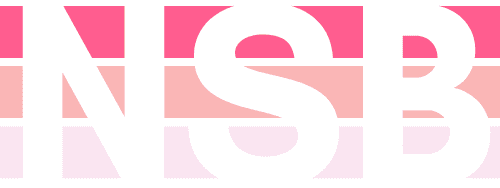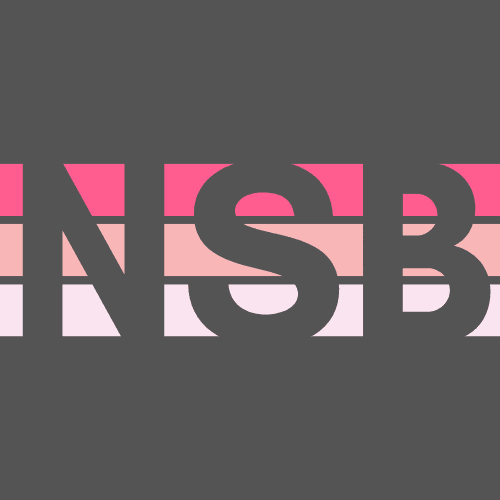What is Reiki?
Reiki is an ancient technique used for stress reduction and relaxation by creating balance in a person’s life force or energy field (also known as Chakra’s)and has been shown to have several benefits for both physical and mental health. It is a gentle, non-invasive therapy that involves the practitioner gently placing their hands on or near the body.
The word Reiki can be broken down into two Japanese words. Rei and Ki.
REI – Pronounced “ray”, as it is used in Reiki is interpreted to mean spiritual
consciousness. We know this spiritual consciousness by many names; God, Source,
Universe, Higher Self, Holy Spirit, Christ Consciousness, etc.
KI – Pronounced “key” is life force, the non physical energy that animates all living
things. Life giving and sustaining primary energy. It is the energy used by all healers
and it surrounds us.
Benefits of Reiki
There are many benefits to using Reiki. Some of the benefits include:
- Reducing stress and anxiety
- Relieving pain
- Improving sleep quality
- Stimulates the body’s immune system
- Reducing stress-related symptoms such as headaches, digestive disorders, and muscle tension
- Helping to cope with chronic pain
- Supporting the healing process after surgery or other medical procedures
- Helping to manage the side effects of cancer treatment
- Reducing inflammation
- Improving mood
- Promoting and enhancing relaxation and a sense of well-being
- Providing comfort and support
History of Reiki
Reiki energy has been around for thousands of years and in fact some feel it has been around since the beginning of time.
There were at least four styles of Reiki healing that were being practiced in Japan in th 1800’s.
However, the most well known written history of ‘Usui Reiki’ begins with, Dr. Mikao Usui. Sometimes called the Usui Sensei, Dr. Mikao Usui was born to a wealthy Buddhist family in 1865. As a child, Dr. Usui studied in a Buddhist monastery where he was taught martial arts, swordsmanship, and the Japanese form of Chi Kung, known as Kiko.

Sometime during his years of training in the monastery, Dr. Usui attended his own training rediscovery course in a cave on Mount Kurama.
For 21 days, Dr. Usui fasted, meditated and prayed. On the morning of the twenty-first day, Dr. Usui experienced an event that would change his life forever.
He saw ancient Sanskrit symbols that helped him develop the system of healing he had been struggling to invent. Usui Reiki was born.
After his spiritual awakening on Mount Kurama, Dr. Usui established a clinic for healing and teaching in Kyoto. As the practice of Usui Reiki was spreading, Dr. Usui became known for his healing practice.
Mikao Usui founded his first Reiki clinic and school in Tokyo in 1922. Before he died, Dr. Usui taught several Reiki masters to ensure that his system would not be forgotten.
Spread of Reiki to the West
Hawayo Takata was Tokyo in 1935. Mrs. Takata was very ill and in need of surgery, but she strongly felt through her instinct that she didn’t need that surgery to be healed. After asking her doctor about alternative treatments for her condition, she was told about the Reiki practitioner in town. Mrs. Takata had never heard of Reiki, but she made an appointment, even though she was slightly skeptical. Following her initial meeting with Dr. Hayashi, Mrs. Takata saw Dr. Hayashi on a daily basis. She found the sessions to be relaxing and pleasant and, ultimately, healing.
As time passed, Mrs. Takata learned Reiki One and Reiki Two. When she returned to the United States, Mrs. Takata continued to practice Reiki and eventually became a Reiki Master. Much of this happened near the beginning of World War II.
Mrs. Takata wanted to spread her system of healing to others. She made changes to her Reiki practice, then used Reiki to help heal others in the United States.
Mrs. Takata. She continued to practice Reiki for many years. When she died, she had attuned 22 Reiki masters.
Is reiki backed by Science?
Reiki is used along side medicine in hospitals around the world.
There are many studies proving that Reiki does work as a healing therapy.
Who can do Reiki?
Everyone is born with Reiki. It is the energy of life itself. Becoming attuned to the energy reopens
the channel through which the Reiki energy flows freely and abundantly.
Because of disuse over time as we become adults, it naturally closes off.
If you ever notice a child get hurt, when they are injured, one of their first instincts is to grab the injured area with their hands, usually within a few minutes, they’re off and running again.
Whereas when we adults hurt ourselves, we would still be in pain. Children
naturally give themselves Reiki when they place their hands on the injury.
Healing begins immediately and automatically. Yet it is done unconsciously. Reiki has
its own intelligence and knows exactly where to go and what to do, and is able to
provide exactly what is needed.
We can consciously choose to reopen these channels by being attuned or re-attuned to the energy, it will never again close the Reiki channel. This channel is open between the crown chakra and the heart chakra.
Reiki involves three stages, during which “attunement” occurs. Attunement is done through a series of rituals performed by a Reiki master, which are meant to open energy channels of the body.
Level 1:
- Level 1 is also called attunement to first-degree Reiki, or Reiki I.
- Students learn basic information about Reiki history, application, principles, and hand positions.
- Students can balance their energies and practice Reiki with family and friends through touch.
- Students cannot practice Reiki on others or charge money for their services.
Level 2:
- Level 2 is also called attunement to second-degree Reiki, Reiki II, or practitioner level.
- Practitioners learn specific symbols that allow the transfer of energy through space and time (called absentee or distance healing).
- Practitioners can practice Reiki on others.
Level 3:
- Level 3 is also called attunement to third-degree Reiki, Reiki III, or master level.
- Involves more in-depth study of Reiki practice and teaching.
- This level is typically achieved via an apprenticeship with a Reiki master.
- The practitioner is now considered a Reiki master or teacher.
- A Reiki master can train new practitioners/attune others into Reiki.




Great post! Very informative and well-written. Looking forward to more content from this blog!Thank you